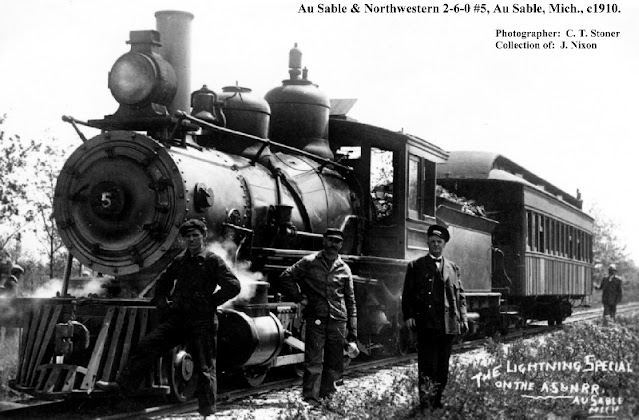The Forgotten Railways of Hawaii

Railways may not be the first thing you think of when it comes to the "Aloha" State, but indeed the island is still home to a couple small railroads. Oahu Railway & Land Company Locomotive 85, Oahu Railway & Land Company 4-6-0 #85, now on display at the Hawaiian Railway Society on Oahu. Historically, the Hawaiian archipelago was actually home to many railroads , and at least one ran on each of the main Hawaiian Islands. In today's blog, we'll explore some of these railroads. Island of Hawai'i The Island of Hawai'i, otherwise known as the Big Island, was home to the only standard gauge railroad in the future State of Hawaii, the Hilo Railroad, which later reorganized as the Hawaii Consolidated Railway. A story map tells the story of the railroad much better, and more in depth, than I ever could. Map of Hilo, HI, showing the route of the Hawaii Consolidated Railway. Source: University of Wisconsin-Milwaukee The mainline of the HC...



